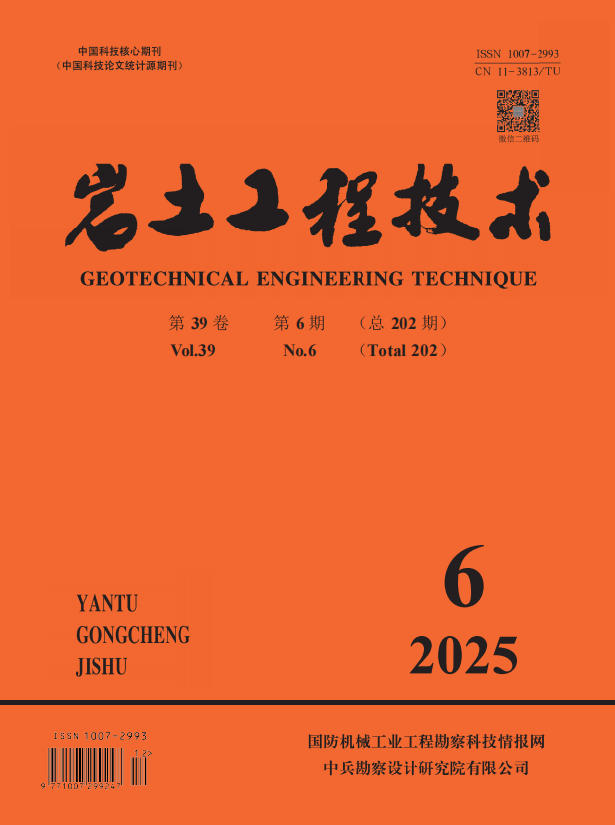Abstract:
It is urgent to develop new sequester seepage wall method to prevent the soil and water pollution problems with the development of urbanization. A new Eco-Clay Wall method, which is developed by Raito Kogyo Co. Ltd., Japan, is introduced herein. The outlines of the new method, characteristics, application and wall material behaviors are described. Compared to the exiting sequester seepage wall methods, it has excellent sequester seepage effect, good service durability, environment-friendly due to the wall is constructed by natural clay material and no dispose soil. The coefficient of permeability of the wall is less than 10-8 m/s, which can be considered as an impermeable material. The wall shows large ductility, plastic deformation and no shear fracture failure .



